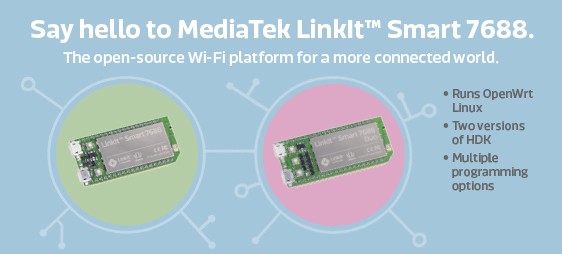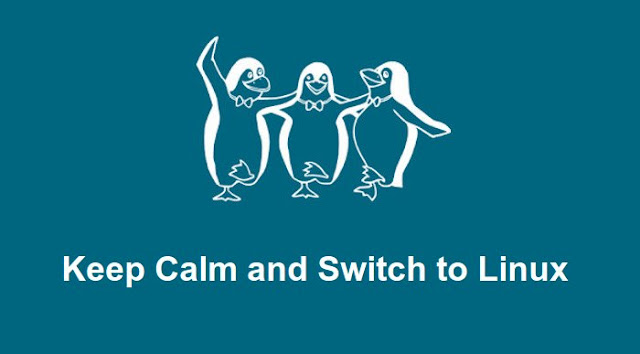 |
| Managing JavaScript in Drupal 8 with Libraries |
Drupal 8’s JavaScript handling is a conceptual extension of D7’s
hook_library()and the D7 Libraries API Module.
Libraries are defined in YAML format, of course. You can define one or more libraries in each file.
Define a Library
Create or edit the
<some-file-name>.libraries.yml file that goes in the root of your theme or module:this-lib-name:
js:
js-path/my-theme.js: {}
some-file-name can be any name really, but should be the name of your theme or module.
Drupal will aggregate JS files by default, so to avoid that if necessary:
js-path/my-theme.js: { preprocess: false }
Of course, adjust
js-path as needed. See PSR-4 namespaces and autoloading in Drupal 8 for more info on pathing.Library Options
You can optionally provide a version number per library, but Drupal doesn’t use it for anything:
this-lib-name: version: "1.0.1"
You can also define dependencies per library, which are followed:
this-lib-name:
dependencies:
- core/jquery
D8 by default loads JS into the footer; to load to the header:
this-lib-name:
header: trueAttaching Libraries in a Theme
Reference them in your my-theme-name.info.yml file. They load globally as in on every page.
libraries:
- core/jquery
- my-theme-name/this-lib-name
Here we’re loading our libraries this-lib-name and core/jquery (which is no longer loaded by default).
Attaching Libraries in Twig
You can attach a JS library from a twig template. It will only load if the template loads which means you can conditionally load it based on the naming structure of the Twig template file.
{{ attach_library('my-theme-name/some-other-lib') }}Attaching Libraries in your Module’s PHP
PHP allows you to control what libraries are loaded and when.
function mymodule_page_attachments(array &$attachments) {
$attachments['#attached']['library'][] =
'mymodule/some-other-lib';
}
Of course you can load any number of libraries using this, and related, hooks.
Attaching Libraries in your Theme’s PHP
If not loading everywhere by using the .yml file.
function mytheme_preprocess_page(&$variables) {
$variables['#attached']['library'][] =
'mytheme/some-other-lib';
}
See also related
THEME_preprocess_HOOK()’s. Although some discourage using these hooks as they’re intended for preprocessing variables.Conditional Libraries in PHP
To support D8’s caching, if you want to *conditionally* attach libraries, you need to provide cacheability metadata*.
function mytheme_or_module_preprocess_page(&$variables) {
$variables['page']['#cache']['contexts'][] = 'url.path';
// above line sets the cacheability metadata
if (\Drupal::service('path.matcher')->isFrontPage()) {
$variables['#attached']['library'][] =
'mytheme_or_module/some-other-lib';
}
}
*Metadata is comprised of a combination of up to 3 things: tags, contexts, and max-age. See the Cache API https://www.drupal.org/developing/api/8/cache for more info.
Loading External JavaScript
External “libraries” still have to be defined inside Drupal libraries*.
this-lib-name:
js:
https://cdnjs.cloudflare.com/ajax/libs/angular.js/1.5.8/
angular.js: { type: external }
Since Drupal will minify, if it already is, let D know:
{ type: external, minified: true }
If attributes are needed in the resulting
<script> line:{ type: external , attributes: { defer: true, async: true } }
*I “broke” the code lines for readability, but it’s not legal.
JavaScript Settings
To add “computed” settings or configuration, first you have to define a dependency on core/drupalSettings.
this-lib:
dependencies:
- core/jquery
- core/drupalSettings
Then…
function mytheme_preprocess_page(&$vars) {
$vars['#attached']['library'][] = 'mytheme/this-lib';
$vars['#attached']['drupalSettings']['mytheme']
['this-lib']['some-prop'] = $some_var;
}
Then access the some-prop setting in JS with:
console.log(drupalSettings.mytheme.this-lib.some-prop);Manipulating Libraries
The theme is able to use two new directives, libraries-extend and libraries-override to extend, remove or replace whole libraries or individual library files.
Both of these are placed in the theme’s my-theme.info.yml file.
Libraries-Extend
By “extending” a library it means the new library is always loaded with the target library, regardless of conditions.
libraries-extend:
other_theme_or_module/some-lib:
- mytheme/some-other-lib
Here, the some-other-lib of the theme is used to extend some-lib of some mytheme_or_module.
Libraries-Override
This directive is more powerful, but when dealing with JS (unlike CSS which may just result in poor layout/design), you can break JavaScript on your site by not paying close attention to JS code dependencies.
You can remove a whole library:
libraries-override:
other_theme_or_module/some-lib: false
Or remove a library file:
libraries-override:
other_theme_or_module/some-lib:
js:
full-path-to-library/some-file.js: false
Or replace a whole libs:
libraries-override:
other_theme_or_module/some-lib: mytheme/some-other-lib
Or replace a library file:
libraries-override:
other_theme_or_module/some-lib:
js:
full-path-to-library/some-file.js: path-to-theme-lib/some-other-file.jsInline JavaScript
Almost always JavaScript should be included in a library.
But if you must, put the complete script tag in the html.html.twig file (yes, “html” is repeated twice.)
Dynamically Altering Libraries
Use this when you want to dynamically specify JS (or CSS) Libraries used across multiple requests.
hook_library_info_alter(&$libraries, $extension)Allows modules and themes to change libraries' definitions.
An example of this is the Color module which uses this hook to replace CSS Libraries with the “colored” CSS libraries.
Dynamically Adding Libraries
This is most like D7’s Libraries. Use it to programmatically add an entire library definition. And they are still cached.
Modules may implement hook_library_info_build() to add dynamic library definitions
function my_module_library_info_build() {
$libs = array();
$libs['my-lib'] = [
'js' => [
'my-lib-code.js' => [],
],
]
}Sneaky JavaScript
While you’re suppose to use libraries you could attach into HTML head and create a
<script> tag directly. These are (re)built on every single request and therefore aren’t cached and can slow down Drupal, so beware.
If possible, it’s best to leave your JS file(s) static and just use JS Settings configurations.
$page['#attached']['html_head'][] = [
[
'#type' => 'html_tag',
'#tag' => 'script',
'#attributes' => [
'src' => 'some-path/my-file.js',
],
], 'my-mode-js', // an identifier for Drupal
];In Closing
Hopefully this shed some light on D8’s JavaScript handling. Happy coding.














